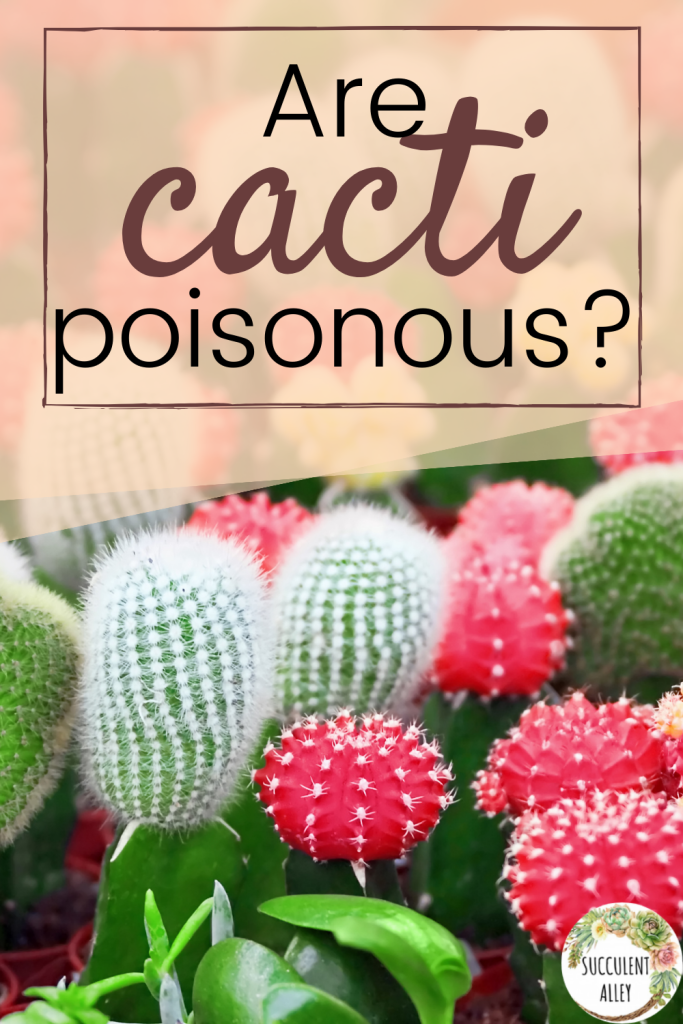7 Poisonous Cacti Varieties You Should Be Aware Of
Are cacti poisonous? It’s a good question and one that has been asked for years. Cacti are not typically known to be poisonous, but there are some exceptions. So if you’re ever in the desert and come across a prickly plant-like thing – is it safe to say hello? Probably not!
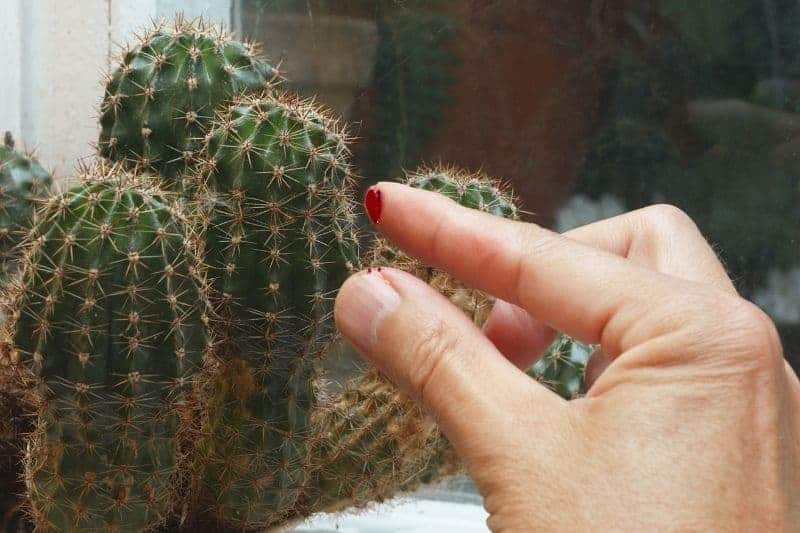
Contents
- 1 Are Cacti Poisonous to Pets?
- 2 Are Cacti Poisonous to Humans?
- 3 Is There Poison in Cactus Spines?
- 4 What Do You Do If You Get Pricked by a Cactus?
- 5 List of Poisonous Cacti
- 6 The Poisonous Cactus Look-Alikes: Euphorbias
- 7 Can Cactus Needles Kill You?
- 8 What is the Most Dangerous Cactus?
- 9 Is Cactus Water Poisonous?
- 10 Conclusion
Are Cacti Poisonous to Pets?
If you have pets at home and are wondering whether cacti are poisonous, the general answer is no. However, some cactus needles can cause irritation to pets and may lead to an allergic reaction if they come into contact with them often enough or ingest any of their parts (either by chewing on a needle that has fallen off from one plant onto another nearby).
If you have dogs at home who like digging up plants around your yard – be careful! They might end up getting pricked themselves when trying to get rid of those pesky weeds…or worse yet: eat some prickly pear fruit which could make for quite unpleasant consequences later down the line such as vomiting blood due to its toxicity levels being so high it’s lethal even after just eating two pieces.
Are Cacti Poisonous to Humans?
Cacti are not poisonous to humans. The only time a cactus is dangerous is if you eat them, which can cause stomachaches and diarrhea. Some people may have allergic reactions to the needles on cacti, so it’s best to avoid touching or eating them.
Is There Poison in Cactus Spines?
Cactus spines are modified leaves that can be found on most cacti. They are typically found on the outer edges of a cactus, and they can be either sharp or soft. The spines help protect it from predators by inflicting pain when touched. There are many different types of cactus spines, including glochids and bristles.
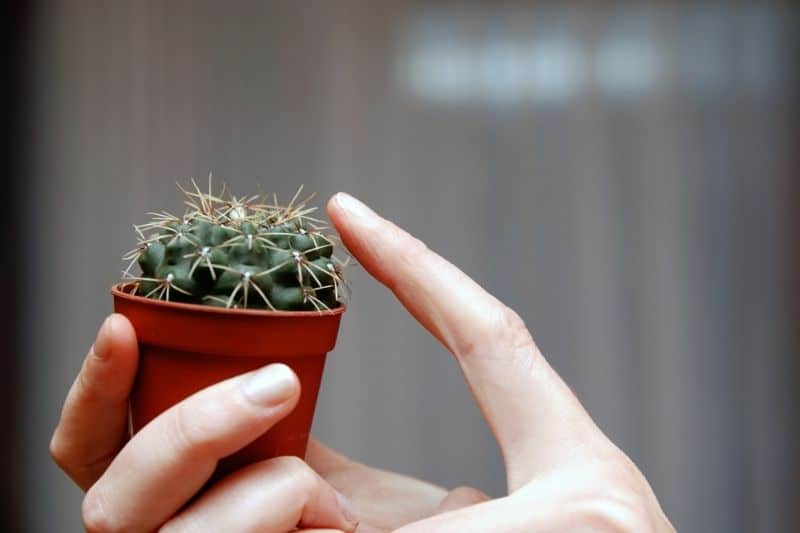
Glochids (pronounced GLAW-kid) look like tiny hairs that cover many types of plants in dry climates including prickly pear pads as well as other desert flora; these glochids will cause irritation if you touch them with your skin because their barbs hook onto flesh so tightly to remove themselves easily without tearing off any tissue along.
Bristles are similar to glochids, but they are not as sharp and will cause less irritation.
There is a common misconception that cacti spines can be poisonous because of the needles on some types like saguaro or hedgehog varieties; however, this isn’t true for most other species including barrel-shaped ones such as prickly pear pads which have soft bristles instead!
Even though the spines have no venom or toxins in them, it’s still important to be careful when handling cacti because they do cause skin irritations.
What Do You Do If You Get Pricked by a Cactus?
If you get pricked by a cactus, it’s important to wash the area with soap and water as soon as possible. If there is any debris on your skin or if dirt has gotten into an open wound from being pierced then clean that out too!
You should also apply an antibiotic ointment for protection against infection because of all those tiny barbs that can easily tear off bits along their way inwards towards fleshy tissue.
Read more on how to remove cactus needles embedded in skin.
List of Poisonous Cacti
There are a few cactus species that are considered poisonous. Read on below to find out which, along with their cactus poison symptoms.
The San Pedro Cactus
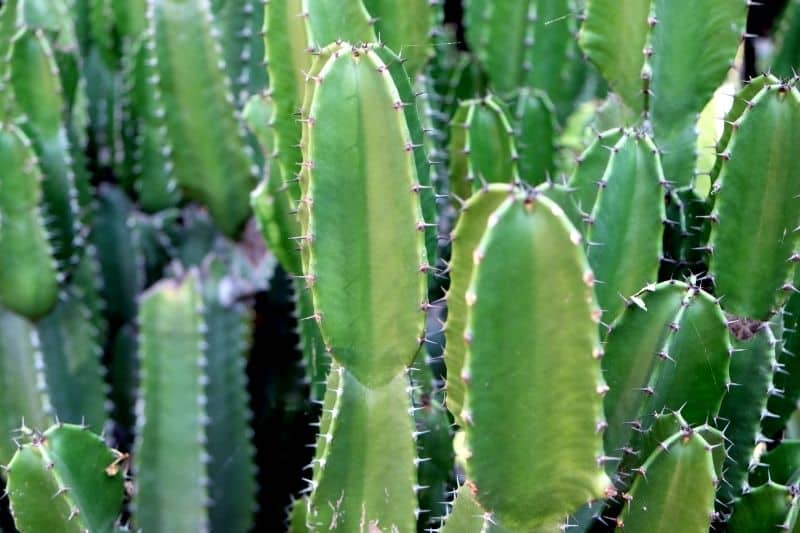
The San Pedro cactus (Echinopsis pachanoi), also known as Huachuma, is not generally considered poisonous. Its main active compound is mescaline, which is a naturally occurring hallucinogenic alkaloid. While mescaline can alter perception and induce psychedelic effects, the San Pedro cactus is not typically highly toxic or lethal when consumed in traditional doses.
However, it is important to note that consuming any mind-altering substance carries risks and should be done responsibly. It is also crucial to ensure you have the correct identification of plants before ingestion, as some cacti and other succulents can resemble the San Pedro cactus but contain harmful substances. If you are unsure about a particular cactus or its potential effects, it is recommended to consult an expert who can provide accurate guidance.
The Peruvian Torch (Echinopsis Peruviana) Cactus
The Peruvian Torch (Echinopsis Peruviana) Cactus is a type of cactus that is found in the wild and can be located throughout South America.
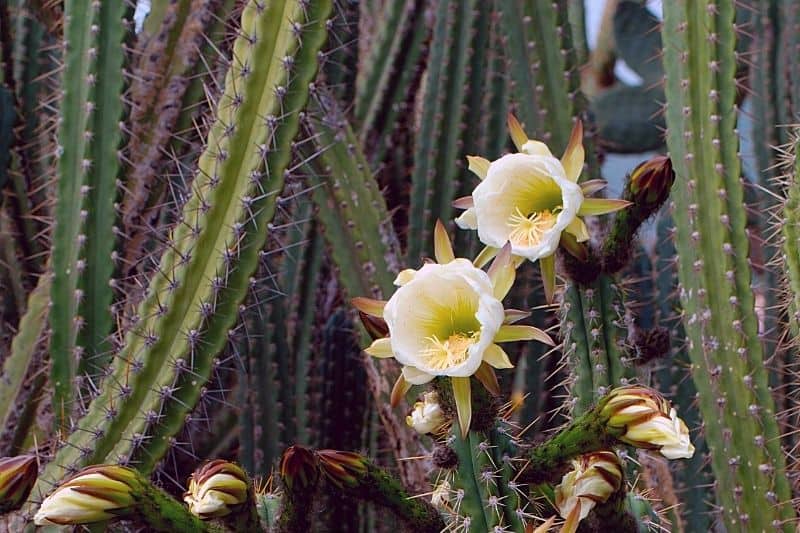
The Peruvian Torch Cacti are poisonous because they contain alkaloids, which cause nausea when ingested orally; they also cause hallucinations or delusions if consumed by humans so again: BE CAREFUL!
The Prickly Pear
The Prickly Pear has spines on its pads as well but these do not have any toxins like those found inside other types to make them more dangerous than others – this plant only contains latex sap from their stems (which will irritate your skin).
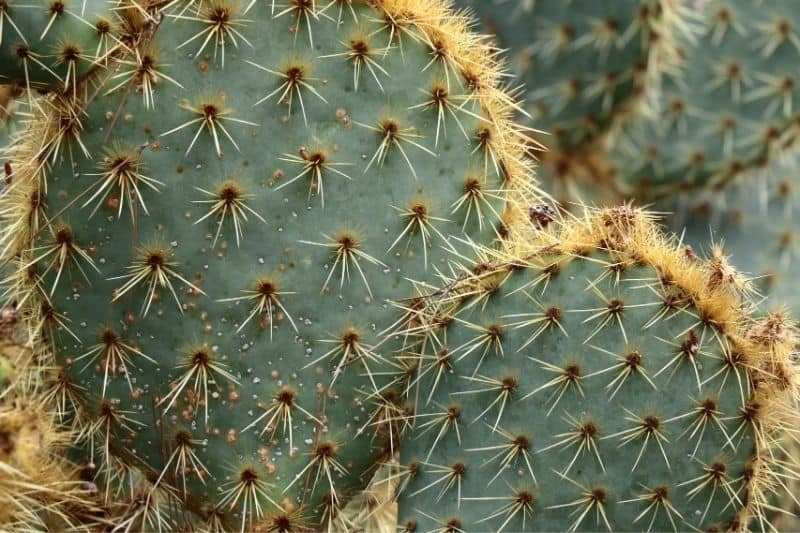
It does however produce an edible fruit called prickly pear fruits that are used in making jams and jellies.
Peyote Cactus (Lophophora Williamsii)
The Peyote Cactus is a type of cactus that is used in Native American rituals and ceremonies. It is also known as the “flesh of God” because it contains a hallucinogenic drug called mescaline, which can cause hallucinations or delusions when consumed by humans so again: BE CAREFUL!
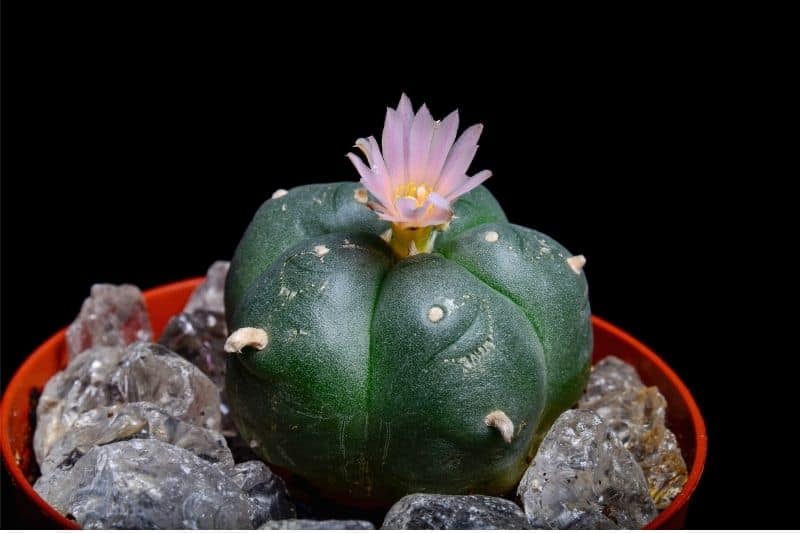
The Barrel Cactus
The Barrel Cactus contains toxic sap that is found in the plant’s ribs and can cause skin irritation. It also has sharp needles on its pads for protection from predators but these do not contain any toxins like those mentioned before – only latex-like juice (which will irritate your hands).
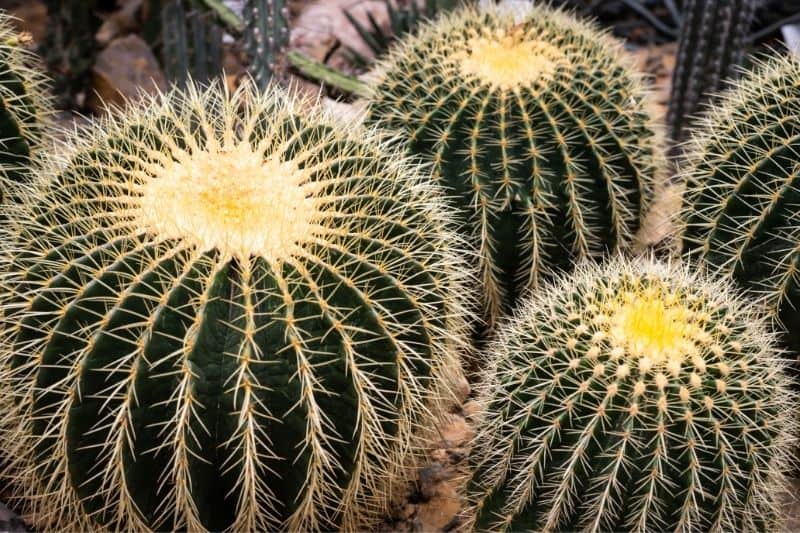
The Cholla Cactus
The Cholla Cactus is known as the cactus that shoots needles. It contains some of these same toxins as those mentioned before but it does not have any latex-like juice like the Barrel Cacti do – only its spikes are poisonous to humans (and animals).
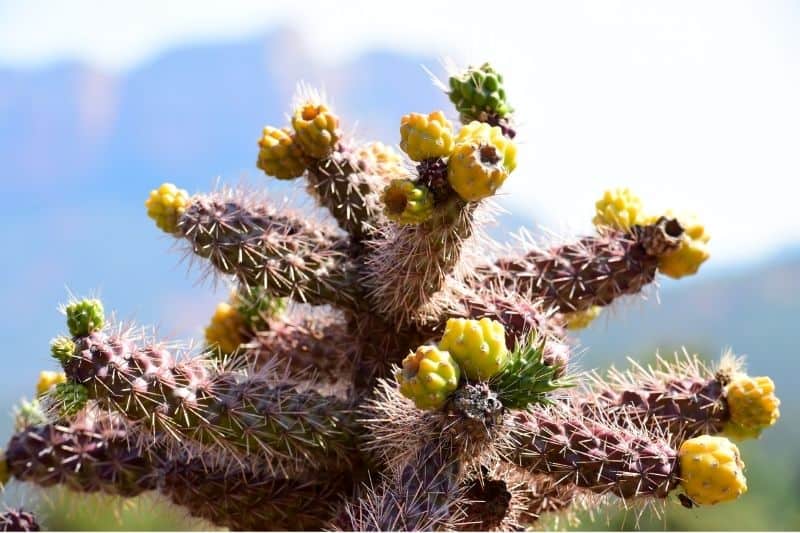
This type will grow all over North America from Canada down to Mexico where they thrive best at elevations between 2000 feet and 7000 feet above sea level with temperatures ranging anywhere from 20 degrees Fahrenheit (-12 Celsius) during winter months or 100 F (+38C), depending upon your location within this range.
The Saguaro Cactus
The Saguaro Cactus is not poisonous but it does have a lot of sharp, pointy spines that can cause some discomfort to humans and animals.
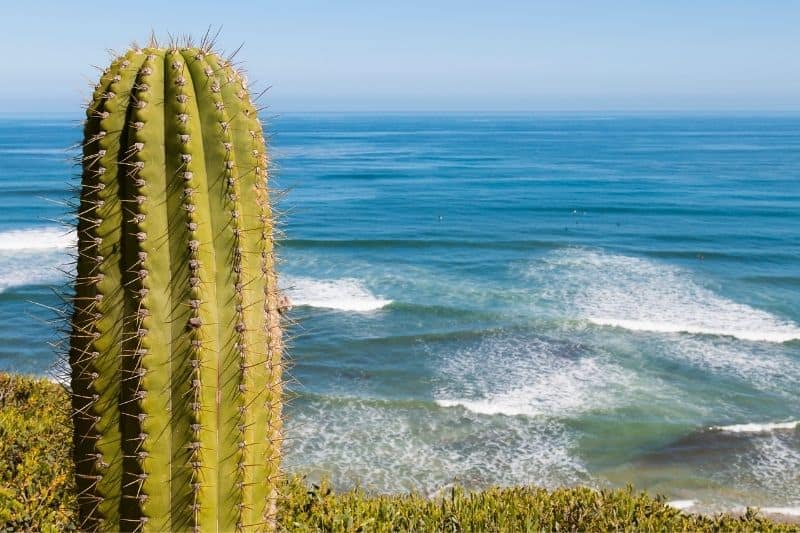
It has been said by many people who live in the desert regions where these cacti grow best (Arizona) – they are considered as one type which will provide you with shade.
The Poisonous Cactus Look-Alikes: Euphorbias
Euphorbias are a type of succulent that looks like a cactus but are not. The sap of some euphorbia plants contains cycasin, which is a chemical that can cause vomiting and diarrhea.
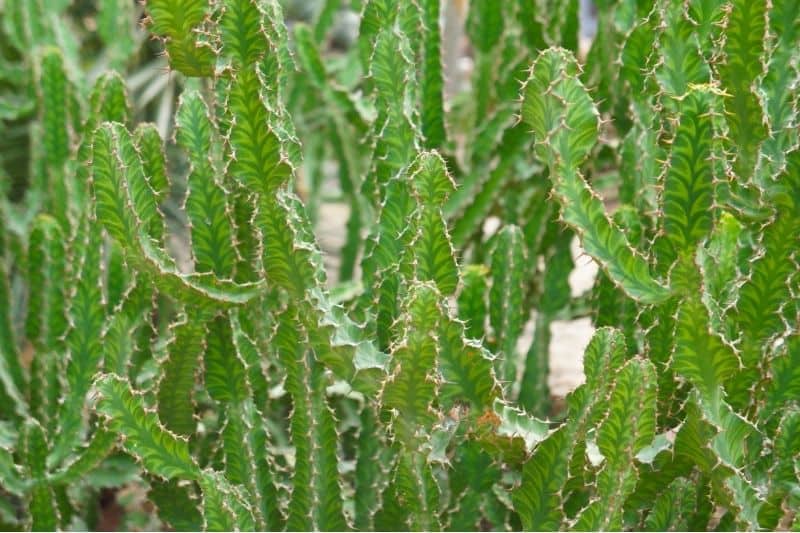
If you have an allergy or sensitivity to latex, you may experience symptoms of an allergic reaction from handling this plant.
Can Cactus Needles Kill You?
Cactus needles can be dangerous because they are sharp and have a lot of surface area. They can cause skin infections, puncture wounds, and other injuries. The needles contain chemicals that may irritate the eyes or skin.
If you are allergic to the plant or have an open wound, it will be very easy for you to get infected by the bacteria from the plant’s needles. If this happens to you, contact your doctor immediately.
What is the Most Dangerous Cactus?
The most dangerous cactus is the Saguaro, which can grow up to 50 feet tall. It’s found in Arizona and California. Its needles are long and sharp, so it’s important to wear gloves when handling them. These needles have toxic sap that can cause severe skin irritation if it gets into your eyes or mouth.
Is Cactus Water Poisonous?
Yes, cactus water is poisonous to humans. It contains a substance called saponin which can cause vomiting and diarrhea. The effects of drinking the water are usually not serious but it’s best to avoid it if you’re pregnant or have an underlying health condition.
Conclusion
In conclusion, cacti are not poisonous in general, but some are. It’s best to avoid cactus water if you’re pregnant or have an underlying health condition and wear gloves when handling them.
